7 tricks on building your skincare routine (mtf transgender / crossdressing tips)
For the process of male to female transformaton, makeup will play an important role to help our appearance become more feminine. In order to ranti-aging, keep you hydrated and silky smooth, so it is very necessary to make skincare before makeup. Besides "shave", do you know the other skincare steps? Here are some beauty tips for your face that can be used to take care of your beautiful skin.
#1 Understand your skin type
Affected by male hormones, most of us sebum secretion exuberantly and pores are relatively bulky. We are more prone to have blackheads, acne and other skin problems. One of the first steps on the road to building a skincare routine is determining your skin type. Different skin types have varying needs that need to be met by skincare products. Oily skin types may be more concerned with mattifying ingredients, as opposed to dry skin types that need thick and rich moisturizers.
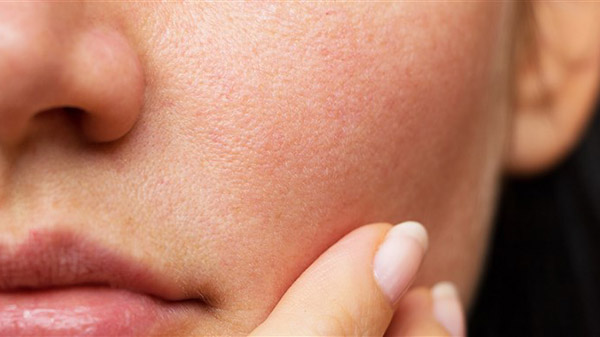
The dermatologists classify skin into four main types:
- Oily skin: Skin that looks shiny due to an overproduction of oil.
- Dry skin: Skin with dry and flakey areas that may feel tight.
- Sensitive skin: Skin with red and irritated areas that are typically painful to the touch.
- Combination skin: Skin that has a combination of oily and flakey areas.
#2 Clean your Face
A cleanser removes the dirt, oil, and bacteria that you come in contact with during the day, or at night while you sleep. This first step in your routine is critical. Cleansing your face will help you start or end your day with fresh skin. Additionally, you’ll be able to receive the maximum benefits from the products you apply after cleansing, because your face will be free of any dirt and debris that would impact the way products are absorbed. People with oily skin should look for foaming cleansers that remove excess oil and pore-clogging bacteria, while people with dry skin should look for hydrating cleansers to help restore the skin’s moisture barrier.
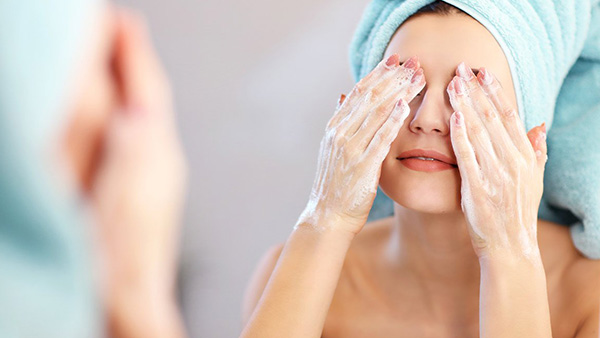
#3 Regular exfoliation
Regular exfoliation can help prevent clogged pores, resulting in fewer breakouts. Chemical exfoliants use ingredients such as alpha-hydroxy acids to chemically loosen the bonds between dead skin cells and the new cells underneath. Physical exfoliants use scrubbing particles that manually loosen these bonds to exfoliate the surface of the skin. Choosing the right exfoliating technique for your skin type will minimize your risk of irritation and help you achieve the best possible result. We should limit this activity to once or twice a week, beause exfoliation daily leads to dry, cracked, and aging skin.
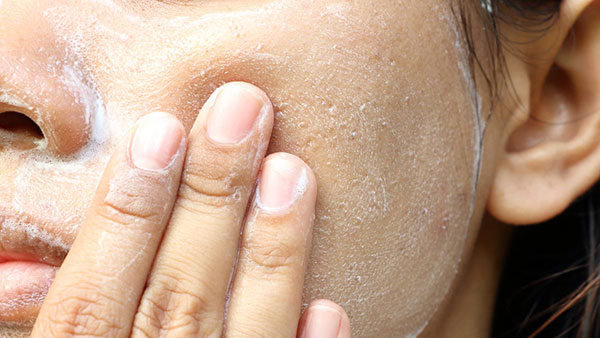
#4 Apply toner
Toners are a broad category of products that can be formulated to serve many different purposes. Some toners address redness, while others target signs of aging or work to balance the skin’s pH level. All toners remove the dirt and oil that lingers on your skin even after cleansing. Applying a toner after cleansing your skin preps the it for moisturizers and other products that follow.
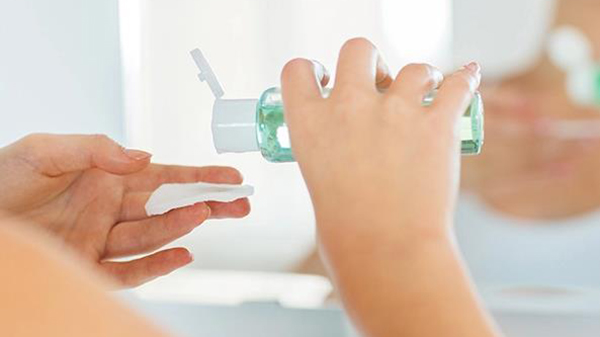
#5 Moisturize your skin
Your skin needs moisture to replenish the water it loses throughout the day. Moisturizers are most effective if you use them while your skin is still damp because damp skin absorbs the product more readily. Moisturizers with ingredients such as ceramides and hyaluronic acid can provide your skin with the healthy hydration it needs to stay soft, supple, and youthful. Even if you have oily or combination skin, it’s still important to moisturize. In fact, a lack of moisture can drive your skin to produce more oil in order to compensate for it, which can lead to clogged pores and breakouts.
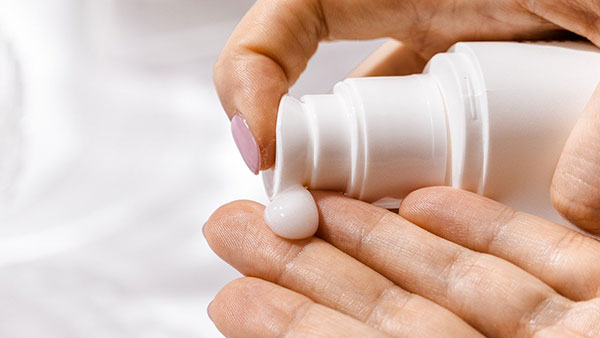
#6 Put on sunscreen
Many sisters only use sunscreen during what seems like the obvious times to do so, like a sunny day at the beach. But, in reality, it’s important to wear sunscreen every day. In addition to reducing your skin cancer risk, you’ll also be preventing the effects of photoaging—which can include dark spots and wrinkles. Many moisturizers and cosmetics contain SPF, making it easy for you to get the sun protection you need without buying more than one product. Whether you get your protection from cosmetic products or from stand-alone sunscreens, make sure the formula contains board-spectrum SPF 30 or higher to ensure you’re as protected as possible.
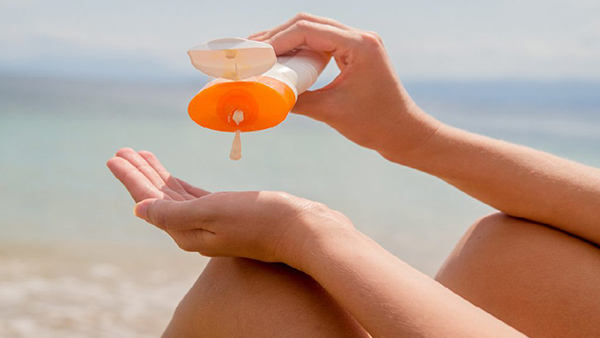
#7 Pull it all together
Once you have all of your products, it’s time to put them together into a routine for the morning and the evening. Consistency is key when it comes to skincare, so make sure whatever routine you create is one that you’ll be able to consistently follow on a daily basis. Because everyone has different skin types, every skincare routine is unique. For example, if your skin is dry, you may want to skip a cleanser in the morning and just splash water on your face instead. Or, if you have oily skin, you may opt to only moisturize your skin at night. If you have questions about building a routine, consult with a dermatologist.
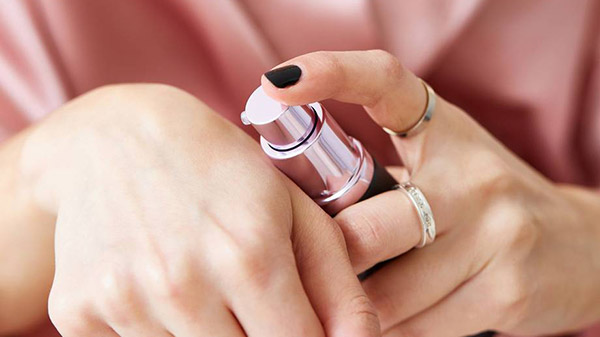
Besides the above skin care tips, taking a proper sleep and eating a balanced diet are extremely important to maintain a healthy skin.









